











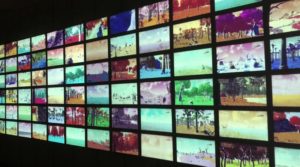
We are now going to revisit TELEVISION, which directly connects to the CSP text that you studied in the AS year. To make it clear, there is a specific A2 television text that accompanies a specific AS televsion text. So (if) a question comes up in one of the A2 exams about television it will ask you to compare one of 3 pairs. To be absolutely clear: you will need to talk about both of your specific texts BUT you can choose which pair you talk about. So your choice of paired texts are:
Either Capital and Deutschland 83
OR
Witnesses and The Missing
OR
No Offence and The Killing
For more details look at pages 5-19 in the CSP booklet (below): PLEASE LOOK THROUGH THIS BOOKLET.
To ensure that you have all had the opportunity to watch the episodes that you want to study – or for the opportunity to watch all of them (why not?) then I will play them in the first academic week of January over Teams. If this does not work for you then I will provide screening opportunities after school when we return w/c 11th January. Failing that and/or in terms of revision you can access the programmes by following the links, or we have some of the episodes on DVD.
Task 1:
And remember that the key approach is to think about AUDIENCES & INSTITUTIONS in other words,
Task 2:
Extract 5 bullet points that include quotation (that you could use in an essay as support for an argument – think about what the argument would be?)
Q: What is the difference between a consumer based media regulation system and a citizen based regulation system?
Q. What impact did the 2003 Communications Act have on media regulation?
Q. What is the drawback of a self-regulated system?
Q. How do you regulate media content and organisations on a global scale?

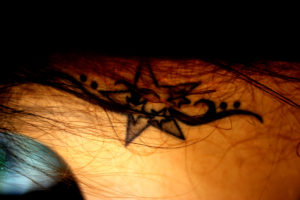
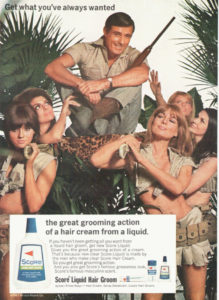
This is a targeted CSP and needs to be studied with reference to two elements of the Theoretical Framework (MEDIA LANGUAGE and MEDIA REPRESENTATION) and all relevant contexts.
TASK 1: look at the CSP below and use some of the starting points provided to make your first post. Make this post broad and contextual (ie get as much information as you can) but divide up your responses in terms of: 1) MEDIA LANGUAGE & 2) MEDIA REPRESENTATION
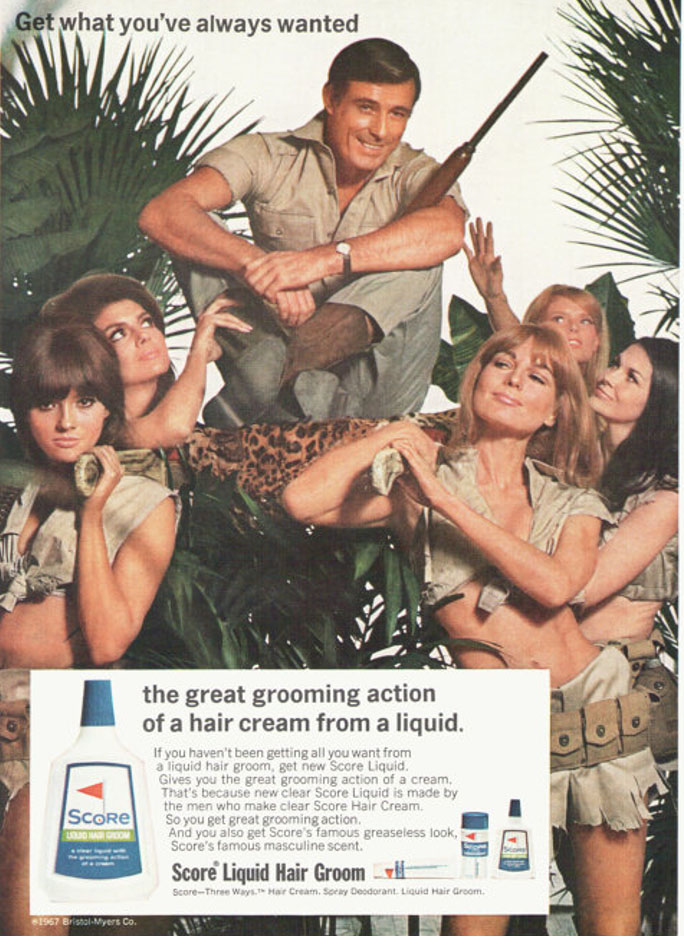
Detailed study of Score should enable students to develop an understanding of the dynamic and changing relationships between media forms, products and audiences. Analysis should include:
Discussion of the Score advertisement will focus mainly on representation of gender including
The Score hair cream advert is an historical artefact from 1967, as such it can be examined productively by considering its historical, social and cultural contexts, particularly as it relates to gender roles, sexuality and the historical context of advertising techniques. 1967 can be seen as a period of slow transformation in western cultures with legislation about and changing attitudes to the role of women – and men – in society, something that the advert can be seen to negotiate.
Produced in the year of decriminilasiation of homosexuality the representation of heterosexuality could be read as signaling more anxiety than might first appear. The reference to colonialist values can also be linked to social and cultural contexts of the ending of Empire (see this link).
In comparison, Men’s Health magazine represents a notable social and cultural shift in expectations of contemporary masculinity (a shift which could be usefully compared with the advert for Score Hair cream). The study of Men’s Health can be linked to social and cultural contexts through reference to body image and changes in what society deems acceptable and unacceptable representations.
http://areejsmediablog1.blogspot.com/2018/03/advertising-score-case-study-and-wider.html
Similarly, comparisons with Maybelline campaign and Oh! magazine would be useful in exploring a range of different theoretical ideas and approaches: feminist critical thinking, postcolonialism, postmodernism.
https://www.campaignlive.co.uk/article/why-brands-need-change-approach-marketing-masculinity/1442291
https://www.thedrum.com/news/2016/07/13/boy-can-brands-gender-and-new-masculinity
The advertising techniques of fifty years could be compared to those of today. For example, references could be made with the Lynx Effect advert and the Specsavers adverts (both from 2010) which received criticism from the ASA, read this link or this link. And again reference to body image and changes in what society deems acceptable and unacceptable representations. So have ideas and acceptance around representation of gender really changed since the 1960’s?
Task 2: Create 1-2 slides that look at this CSP from 1 of the following critical perspective: (save as jpeg and upload to blog). Be prepared to show this in class and talk about it.
>feminist critical thinking
>postcolonialism
>postmodernism
>narrative
>social / historical backdrop
Task 3: 1 lesson formal mock exam (hand written, silence, no notes)
Task 4: create a parody or pastiche (ie postmodernism) of the Score advert from you particular theoretical perspective – I will explain . . . But you MUST use photoshop. Create 1 or 2 products.
The CSP Oh Comely has changed its name to Oh. The update on the magazine’s website states: ‘Oh is a reimagination of Oh Comely magazine and is still a place to meet new people, hear their stories and hopefully leave you looking at life a little differently. And every issue will still have beautiful photography and illustration at its heart’.
Oh Comely is part of a development in lifestyle and environmental movements of the early twenty first century which rebrand consumerism as an ethical movement. Its representation of femininity reflects an aspect of the feminist movement which celebrates authenticity and empowerment
In contrast to Men’s Health magazine, Oh Comely is an independent magazine published by Iceberg Press, a small London publisher which publishes only one other title.
Clearly the key areas of representation suggested by the magazine are to do with gender, primarily femininity but can also be understood in how this affects the representation of men. As such, a comparison with Men’s Health is really pertinent. As:


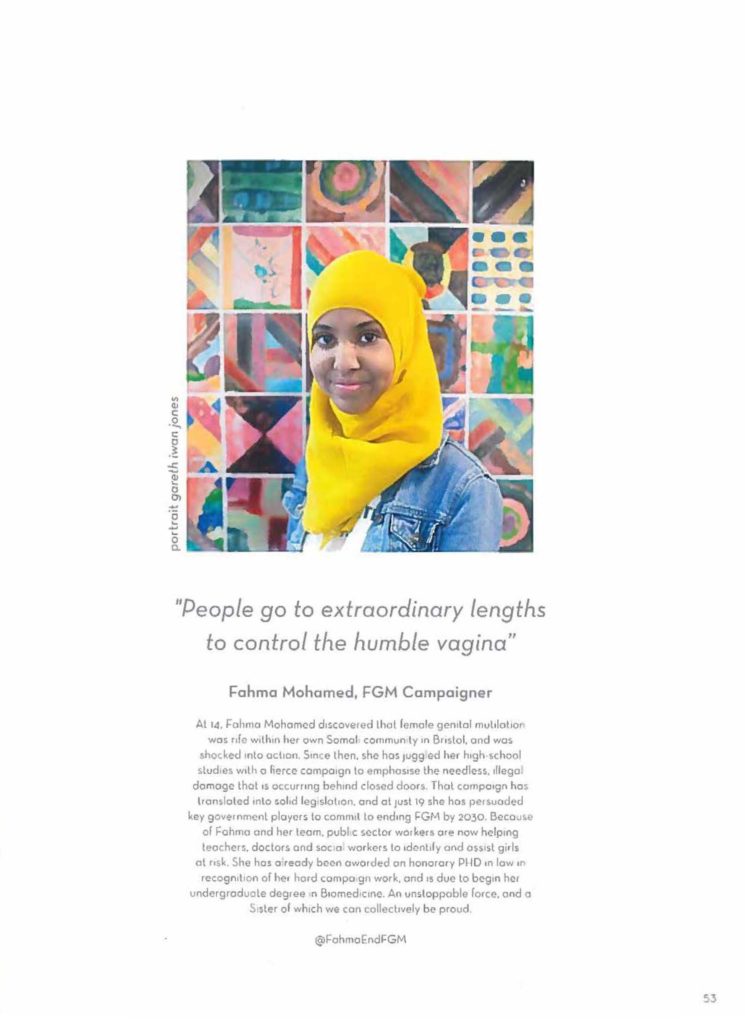







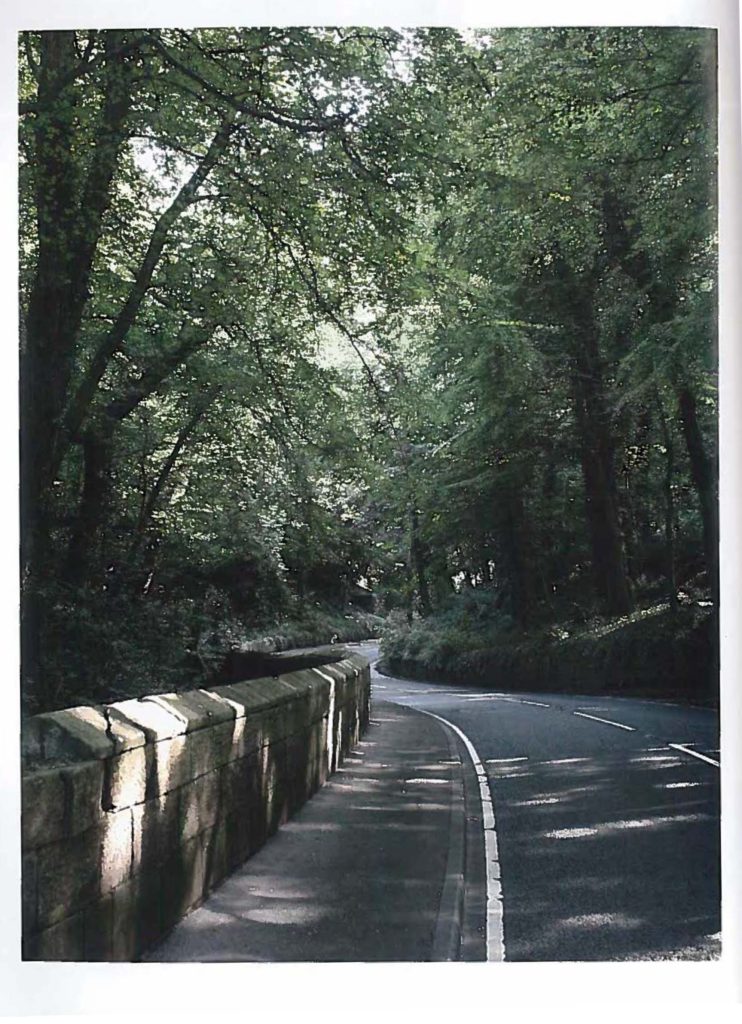

Within the Narrative theory, there are many theorists we can apply. An example is Todorov’s Tripartite which explores how all narratives should follow a structure of beginning equilibrium, disruption and ends with a new equilibrium. Another narrative theorist that can be explored is Levi-Strauss and his theory of binary opposites and Vladamir Propp, with his theory of media have 7 different character types, the hero, helper, princess, victim, dispatcher, father and false hero.
Each of the CSPs (both “Letter to the Free” and “Ghost Town”) clearly follow Todorov’s Triparite Narrative Theory, and therefore have a clear beginning equilibrium, disruption and new equilibrium. For example, this is shown in Ghost Town with the opening being the initial equilibrium of driving through the streets of the East End of London, showing how London has become a “ghost town”. The disruption is when the car that is being driven swerves out of control, which could be a message how the unemployment rates in the UK were rising upwards out of control and thus emphasising how the whole economy of the UK was out of control. However, the new equilibrium is found and that is when the band return to the car and are seen at the end skimming rocks on a beach, which could be a symbol of things returning back to normal, since previously the car was out of control, whereas now everything has been returned to normal.
Similarly, “Letter to the Free” also follows a tripartite narrative theory. The music video begins with a shot of the setting and then the focus on the black box, which could be interpreted as an infinite symbol of black lives and a constant reminder of the symbol behind the message that “black lives matter”. The disruption can be determined by Common being seen in a prison, playing music, demanding form “freedom”. It can be argued that the disruption of this music video can be the imprisonment of black lives. This also applies Levi-Stauss’ theory of binary oppositions because Common is singing about freedom, however in the music video, he appears to have no freedom because he is trapped in a prison. Finally, the new equilibrium of the music video is the empty shots of the prison and a zooming out close-up of a house, possibly Common’s house, with the outdoor shot symbolising freedom and the freedom he has finally got. Once again, the black box appears to once again remind us of the message of the song that black lives are infinite and are equal to any other skin colour.
However, in some cases while most media products are told in a linear sequence, the film Memento by Christopher Nolan has been told in both chronological and non-chronological order, with the colour scenes being non-chronological and the black and white scenes being in a chronological sequence. In a video, Christopher Nolan explained this as being like a “hairpin”. This differentiates from other films and having the plot alternate from chronological order (black and white scenes) to non-chronological order (colour scenes) keeps the attention of the viewer and makes them want to watch on because they are about to get to the climax and then it reverses.
Another theorist that can be used within narrative and moving image products is the Satellites and Kernels theory by Seymour Chatman. Chatman explains that every narrative should have satellites and kernels. The satellites are regarded as embellishments, developments and aesthetics (minor elements) just like the satellites in space which are just there and don’t really mean anything, whereas the kernels are regarded as the key developments of the narrative and the overall narrative structure. If you remove an element regarded as a satellite from a narrative, it may not affect it, however, if you remove a kernel from a narrative, it could change the whole plot and overall meaning of the narrative.
Overall, it is very useful for music videos to follow Todorov’s tripartite narrative theory. Not only does following a narrative theory make the music video and context of the song more easier to follow, applying a narrative theory also means that you are able to capture perceptions and messages which can’t be expressed by people personally. For example, Ghost Town is talking about the economic crisis of London during the 80s, however, without the narrative theory of the music video, people could misinterpret the song and see Ghost Town as a place where nobody lives, which is the complete opposite (linking to Levi-Strauss’ theory of binary opposites) since people were living in London, it wasn’t a ghost town with no people, it was a ghost town because everyone was in their homes and not going out to work. Finally, narrative is important due to the old saying of “pictures paint a thousand words”. It can be very hard to convey a message by speaking it, however, using a music video can be a visual way to help convey a message, which is why applying narrative to music videos is an important thing to do. Finally, Chatman’s theory of Satellites and Kernels are important within moving image products because if you change elements regarded as kernels, the whole narrative of the plot can change, yet if you remove elements known as satellites, there can create a minor change to the narrative and plot.
It appears as if Sammy Jenkins is foreshadowing Lenny, as shown by the insulin shot scene with Sammy and then the insulin shot scene with Lenny at the end of the film.
This tells us that memories are different subjects, that facts are memories and the way Lenny doesn’t really remember his wife suggests that not all memories can be accurate or reliable.
NARRATIVE, CHARACTER, IDENTITY, CONSISTENCY, STABILITY
The plot goes backwards and it is apparent that Natalie seems to have dual personalities as in every scene, she appears to be a different character, for example in the coffee shop she appeared to be quite rude and the villain, however, at the end of the film, when she argues and is found covered in blood, she appears vulnerable and is represented as the victim. Therefore the character type of Natalie appears to be changing each scene
Introduction
Parody vs Pastiche
Intertextuality: surface signs, gestures & play
Post-modernism
Narrative Theory
Narrative…story…plot
Todorov – Tripartite Narrative Structure

Propp – Character Types
Spheres of Action
Propp proposed that his list of stock characters are structured into a narrative that has 31 different functions that play an important role in organising character and story into a plot. Without going into detail for each, overal they can be dvided into the following sections:
Levi-Strauss – Binary Opposites
Satellites and Kernels
Barthes: Proairetic and Hermenuetic Codes
Key Words:

We are looking at Memento as a way of going back over the very complex theoretical ideas that we covered during lockdown. As such, for this film you will need to refer to NARRATIVE (essentially how narratives are structured) and POSTMODERNISM (a way of thinking about some of themes that are in this film). You may also want to refer to The Language of Moving Image, which will enable to think about how movies are put together which should help you when you revisit your music video production.
THINKING ABOUT NARRATIVE STRUCTURE
THINKING ABOUT CHARACTER
NARRATIVE, CHARACTER, IDENTITY, CONSISTENCY, STABILITY
NARRATIVE, CHARACTER, TRUTH
How could ‘Memento’ be classed as a postmodern text?
Look for evidence of these postmodern phenomena:





Rhizomatic thought = ‘rhizomes’ are plant life that don’t follow the root-tree system e.g. fungus or mould. There is no ‘core’, no lesser or greater elements. If you destroy the centre of a mould the rest doesn’t die (like if you destroyed the trunk of a tree), it continues to thrive. Modern terrorist movements have a ‘rhizomatic’ structure: there is no single leader, issuing orders down the chain of command with an overall goal that every unit is working towards. Terrorists work in cells, with their own individual goals and objectives, and though instructions may be sent to them, these are very rarely orders, and they may or may not be followed e.g. when the IRA abandoned armed activity as part of the Northern Irish peace process, some cells decided their leaders had betrayed their ideals, and continued bombing under the name ‘The Real IRA’. Similarly, there is no evidence the 7/7 bombers received any orders or had any contact with the so-called ‘generals’ in the Al-Qaeda; instead they planned, resourced and implemented their attack independently.
Gilles Deleuze, philosopher and film critic, worked with a radical psychoanalyst called Felix Guattari to write some of the most impenetrable but insightful books attacking what we think of as ‘common sense’. He championed a vision of human identity that saw the self as multiple, with each ‘self’ possessing an immanence. Therefore there is no higher, ‘core’ you, with other selves that have less meaning – instead each self, each aspect of your identity has an existence that is intense and, though connected to other more stable selves, it doesn’t fit into a hierarchy where there are selves which are ‘more’ or ‘less’ you. He also wrote about lots of other ideas that you have to study philosophy to post-graduate level to be able to understand!
Along with other postmodern philosophers, Deleuze disputes the idea of a hierarchy to knowledge or experience or identity; and the notion of there being a core ‘truth’ that we can find by adding together knowledge. Instead, like Baudrillard and Lyotard, he encourages a view of the world as full of diversity, multiple truths, none less or more meaningful than the next; what he termed A Thousand Plateaus. Deleuze a great deal more cheerful than the other two, however. Instead of bemoaning the ‘end of history’, Deleuze sees the abundance of ‘immanence’ as creative and playful, with each ‘immanence’ affecting and influencing others, and consequently spawning new experiences, selves and realities (much in the way a mould or fungus spreads out into new and random forms).
Immanence = means literally ‘to remain within’, but seen by postmodernists as concept whereby things can exist without referring to anything outside of themselves for meaning. It is an intensity by itself, without needing to refer to a hierarchy for meaning. (Don’t confuse with imminence, which means the quality of something about to occur!)